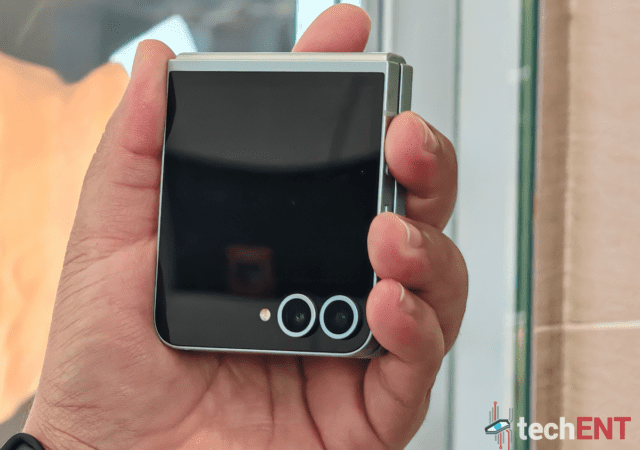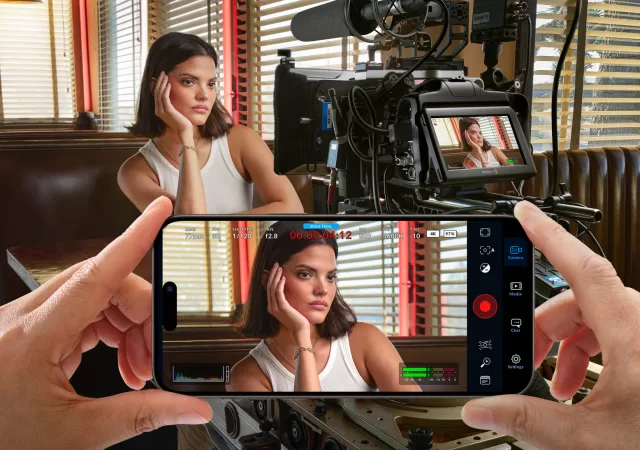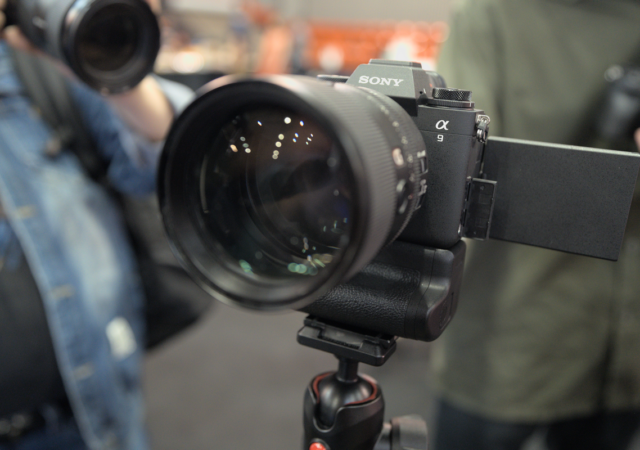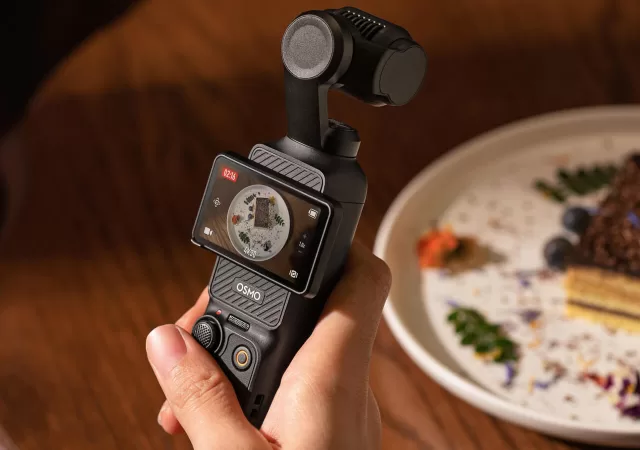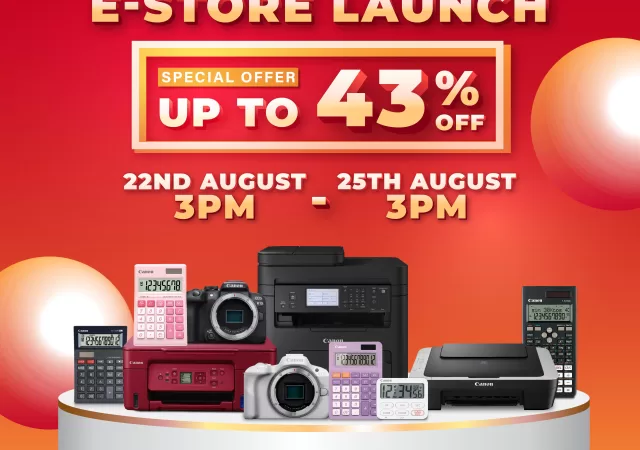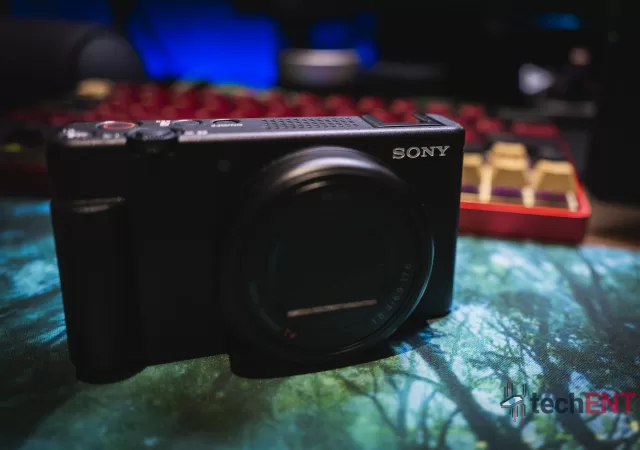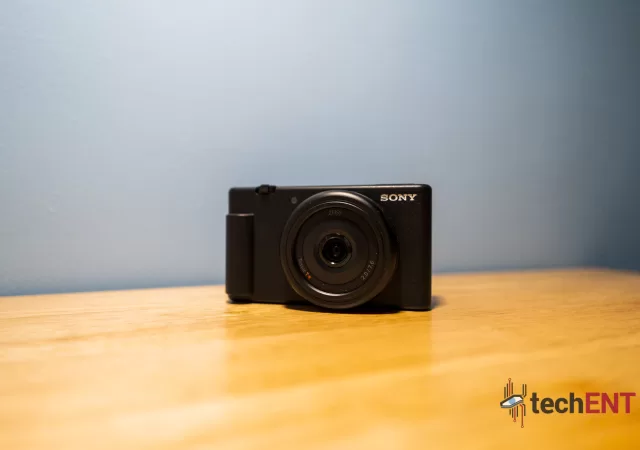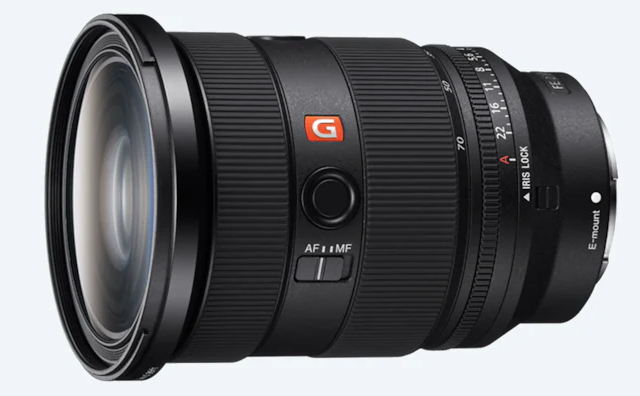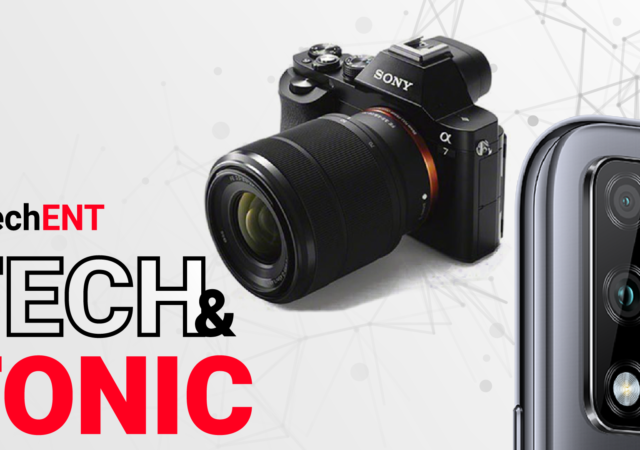Need a smartphone to help turn it up on social media? The Galaxy Z Flip6 just might be the answer with its bevvy of Galaxy AI and design features.
Blackmagic Camera App Now Supports Android Phones Including the Google Pixel 6 & Samsung Galaxy Phones
BlackMagic Design brings its robust camera app to Android with select smartphones getting fully supported for the next level of content creation on mobile.
Sony α9 III & SEL300F28GM Make Malaysian Debut
Sony’s brand new α9 III makes it Malaysian debut. The new global shutter feature paired with a stacked CMOS sensor makes it one of the fastest cameras available in the market.
DJI Unveils the Osmo Pocket 3
Meet the DJI Osmo Pocket 3: a small yet powerful gimbal camera with a 1-inch CMOS sensor, 2-inch rotating touchscreen, and 4K recording at 120 fps; delivering sharper images & night shots.
Canon Launches E-Store & Brings the Shopping to You
Hold on to your cameras, photographers! Canon Malaysia has just announced the launch of its brand-new E-Store and is giving away special offers of up to 43% off until 25 August 2023. The launch of the E-Store means you can…
24 Hours with the Sony ZV-1 II – It’s Great, But Not MYR 3,999 Great
Sony released the Sony ZV-1 II not too long ago at MYR 3,999. Its few added features and functions may not justify its asking price though.
The Sony ZV-1F In-Depth Review – Just Like the ZV-1, But Not Really
Sony’s ZV-1F is made for content creators that are looking for a simple vlogging or even streaming set-up. Does this fit the bill?
The Megapixel Race is Back on with Sony Looking to Introduce 100MP Smartphone Camera Sensor
Sony is looking to introduce an IMX8 series smartphone camera sensor that breaches the 100-Megapixel count later in the year.
Sony Introduces the Most Compact and Lightest F2.8 Standard Zoom Lens, The Sony FE 24-70mm F2.8 G Master II (SEL2470GM2) is Here
Sony releases their latest FE 24-70mm F2.8 G Master II lens. It is the most compact lens of its kind you can find in the market thus far.
Tech & Tonic S2E10 – Are Proper Cameras Still Relevant in 2021?
With smartphone cameras getting better and better, is there still space for DSLR and mirrorless cameras? We’re talking about it on the Tech & Tonic Podcast.



